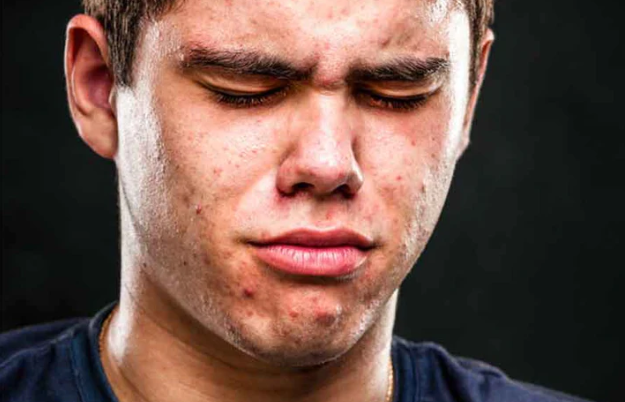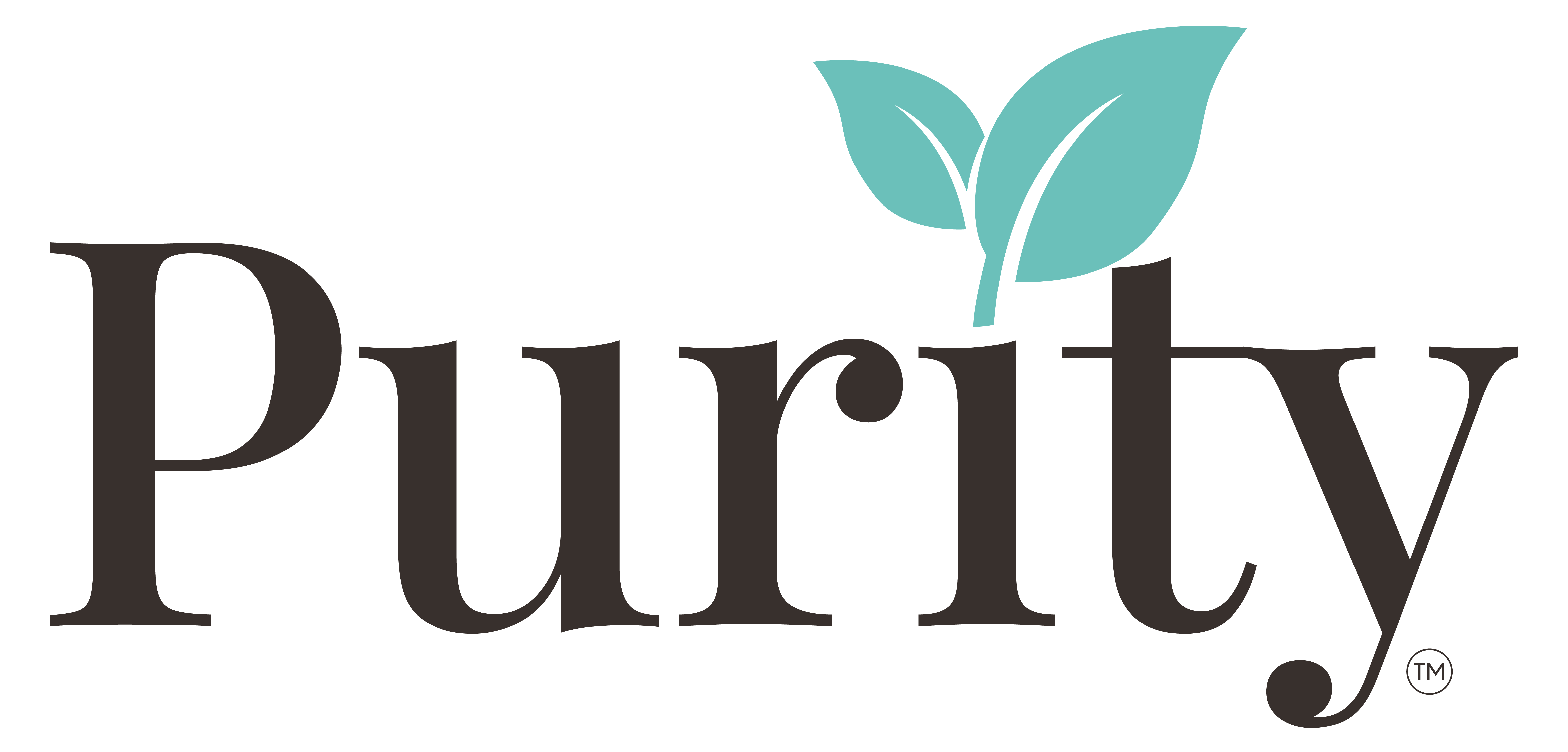
Struggling with acne during adolescence is a common experience we all come across. For that, the following discussion: How to Overcome Teenage Acne Problems.
Your body changes dramatically and quickly, and it can be difficult to manage skin problems because it is during this time that your body's testosterone levels rise.
The good news is that because so many people experience acne, especially teenage acne, there is a wealth of information on how to fight it properly.
After years of study and research, professionals have a clear understanding of what acne is, why it occurs, and the best way to treat it.
Let's get started.
How to Overcome Teen Acne Problems in 2022
What is Acne?
Acne is a common skin condition that occurs when pores or hair follicles become clogged with oil (called sebum when produced by the skin), dead skin cells, or other impurities.
Once the pores are clogged, they can become infected with bacteria, which causes acne.
There Are basically two subtypes of acne:
Non-Inflammatory
As the name suggests, this is a less severe and easier to treat version of acne.
The most common symptom is open or closed comedones. This type is a small lump that is exposed to air (blackheads) or not exposed to air (whiteheads).
These lesions generally do not cause swelling and are not painful. A choice of over-the-counter ointments or medications is often sufficient to treat non-inflammatory acne.
inflammation
This type much more serious and painful. These pimples are usually accompanied by papules, cysts, and large lumps filled with pus.
The skin around the area usually swells, causing redness and pain to the touch. This pimple is usually caused by a deep blockage and many problems that occur under the skin.
It can take some time to tame the inflamed pimple and may require a special prescription product.
Differences between Teenage Acne and Adult Acne
For teens and adults, acne is caused when the pores are clogged with excess sebum, dead skin cells, dirt, bacteria, or other "dirt".
The main difference is the process that causes clogged pores and what to do afterward.
Why do pimples appear?
It is common knowledge that during puberty hormone levels swing dramatically and create an imbalance.
Whenever levels of androgen hormones are damaged, especially testosterone, the body can respond by increasing the amount of sebum it produces.
This excess oil can then get trapped in the pores on its own or combine with dead skin cells, dirt, makeup, etc., and clog the pores, giving rise to breakouts.
Hormone spikes can occur in adults due to menstruation or menopause, but the effects of acne on them are less common than when they were teenagers.
Where the Acne Appears

Another big difference is exactly where the breakout occurs.
Most adults will notice pimples appearing on their chin and jawline, whereas teens will typically experience them on the forehead, nose, and chin, also known as the "T-zone" of the face.
In addition, teens are much more likely to develop acne on their chest, upper back, and shoulders.
When and How to treat teenage acne
dealing with teenage acne, it's important to make sure that whatever treatment you use doesn't irritate the skin and cause further inflammation.
In low concentrations, these ingredients shouldn't be irritating, but they may take longer to work. The tip is to find ingredients that work optimally and have no side effects.
Salicylic acid
The first choice for treating acne in teenagers is generally salicylic acid.
This beta hydroxy acid is highly effective in removing dead skin cells from the outermost layer of your skin along with reducing swelling, redness and overall inflammation.
Salicylic acid is very effective for treating non-inflammatory acne such as blackheads or whiteheads. You can find salicylic acid in many over-the-counter products.
There are also many stronger formulas available that require a doctor's prescription.
Retinoids
Derived from vitamin A, retinoids provide a tremendous boost to the skin's healing abilities.
Read: What Vitamins Are Good For Eye Health?
Not only will retinoids help support firmer, more supple-looking skin, and promote brighter, more youthful skin, but when it comes to acne, retinoids are especially effective at helping open clogged pores.
By acting like a booster and clearing the way, retinoids will help other medications to go deeper into the skin and clear up pimples faster.
Lactic Acid

Overcoming Acne in Teenagers The next is Lactic Acid. Alpha hydroxy acid or lactic acid is a common ingredient in skin care products that are often used as exfoliants.
Lactic acid is very good at dissolving the bonds that form between dead skin cells, which will help even out skin tone, brighten the face, and reduce the appearance of wrinkles.
It can also help get rid of dead skin cells before they can clog your pores.
Glycolic
acid Another alpha hydroxy acid, think of glycolic acid as a stronger version of lactic acid.
Both are used as exfoliants and provide some of the same benefits. The difference between the two is often how deep the range of ingredients is.
Since glycolic acid is the smaller of the two, it will penetrate deeper into the skin.
If you are looking for a toner that is gentle on your skin, use lactic acid, but if you are looking for a heavy deep cleanse then glycolic acid may be a better choice.
Benzoyl peroxide
One of the biggest contributors to acne is a bacterium known as propionibacterium acnes.
These benign bacterial species live in your pores and feed on the sebum oil on your skin.
While it helps keep your skin waterproof, it releases acid when it digests sebum, which can cause skin inflammation and trigger breakouts.
Benzoyl peroxide is a very effective way to kill bacteria living under the skin while helping to clean pores. Benzoyl peroxide is very effective at reducing acne inflammation.
acid Azelaic

Another effective treatment for acne caused by bacteria is azelaic acid.
Commonly used to treat the redness and inflammation associated with rosacea, azelaic acid is also effective at treating acne.
Azelaic acid is not only an effective way to reduce propionibacterium acnes, but also helps reduce keratin production.
Keratin is made by the body to help protect the skin from damage, but when it is produced in excess it can cause dead skin cells to stick together.
Once this happens, it becomes much more difficult for your body to get rid of them and they often get stuck in your pores and start breakouts.
Antibiotic Prescription
Overcome Acne in Teenagers is Antibiotics. In more severe cases, a dermatologist may recommend the use of prescription antibiotics.
The most popular choices for topical antibiotics are erythromycin (Erygel) and clindamycin (Clinda-Derm).
In some cases, prescriptions may feature antibiotics mixed with benzoyl peroxide to actually increase their effectiveness.
It is possible that you may be prescribed oral antibiotics instead of topical antibiotics. Common first choices are minocycline (Minocin) or doxycycline (Doxycin), but may include azithromycin (Zithromax) if those treatments are not effective.
Do you still use moisturizer when you have oily skin?
Regardless of your skin type, you should always use a moisturizer. It sounds impossible, but even oily skin can become dehydrated.
Just because your skin may have a lot of sebum, doesn't mean the surrounding skin isn't too dry.
Sebum is essential for healthy skin and plays a role in lubricating the skin and keeping it hydrated, although it is not as effective at retaining moisture as emollients, occlusives, and humectants .
When looking for a moisturizer that doesn't cause acne, make sure you look for a non-comedogenic product.
These products and ingredients can be studied and judged based on the likelihood of clogging your pores.
The lower the number on the comedogenic scale, the less likely it is to cause acne. Avoid using heavy or thick moisturizers and opt for products that are water-based or oil-free.
Conclusion
The teenage years can be a bad time for acne.
Teenage skin is generally more oily, and dramatic hormonal changes can trigger acne from anywhere.
How to Treat Teen Acne Problems, with proper care and a healthy skin care routine, you can reduce the frequency and severity of these problems.
If it still persists, using a product containing the above ingredients can help soothe your skin and cleanse it safely and quickly.










